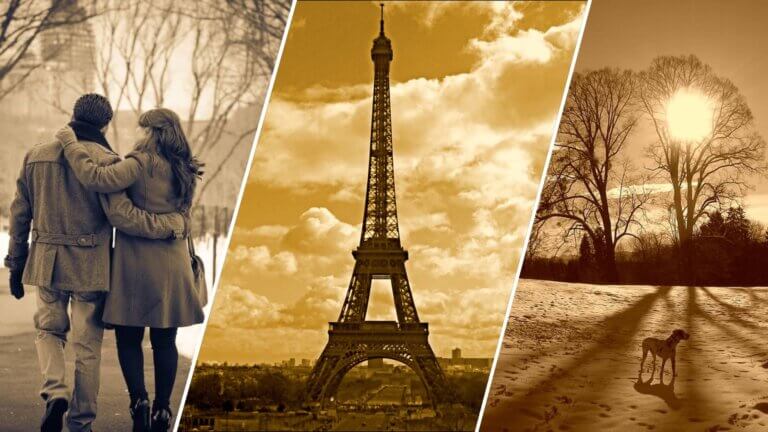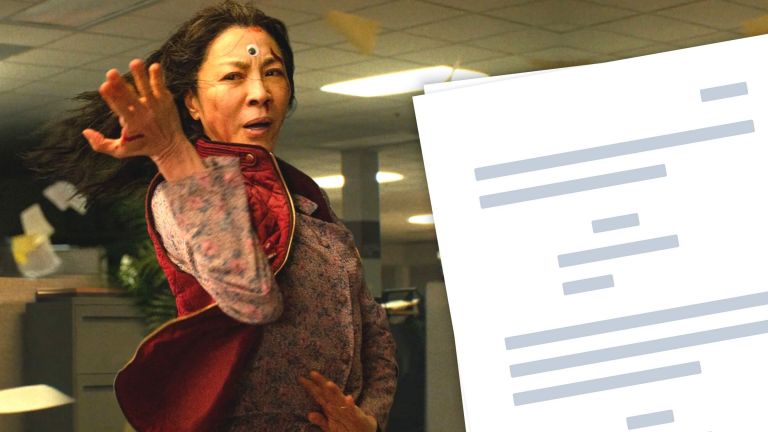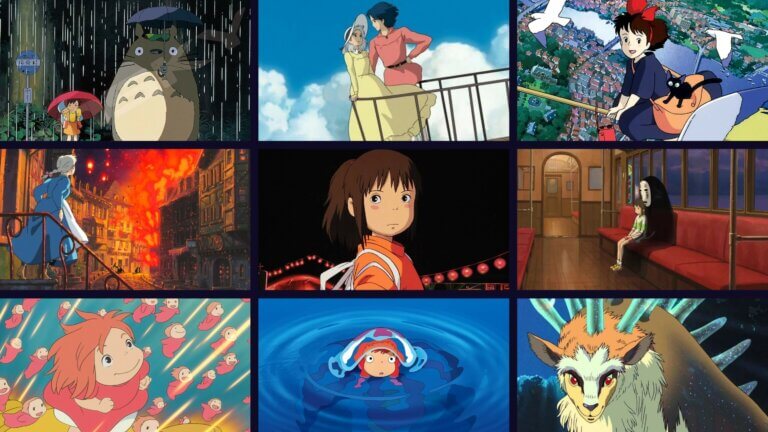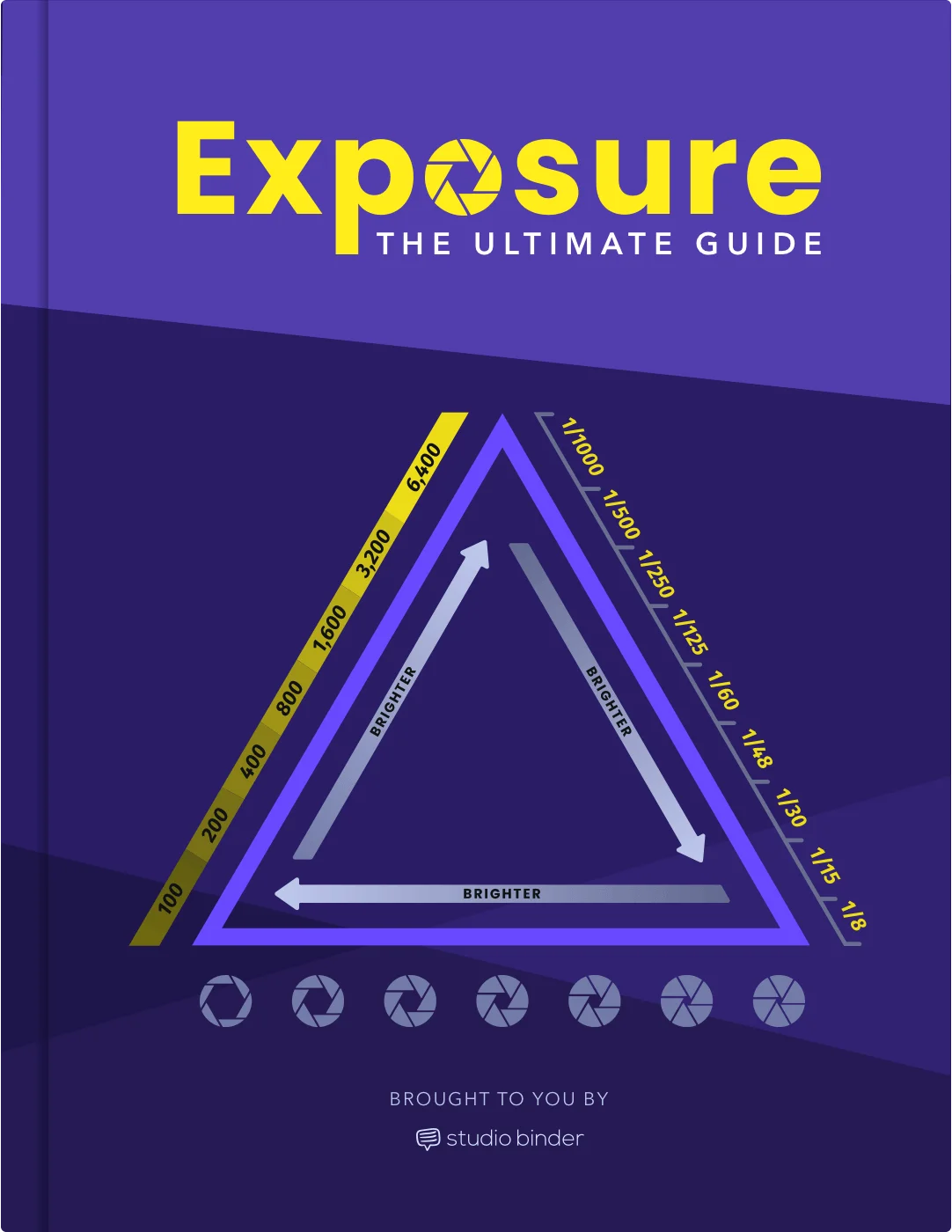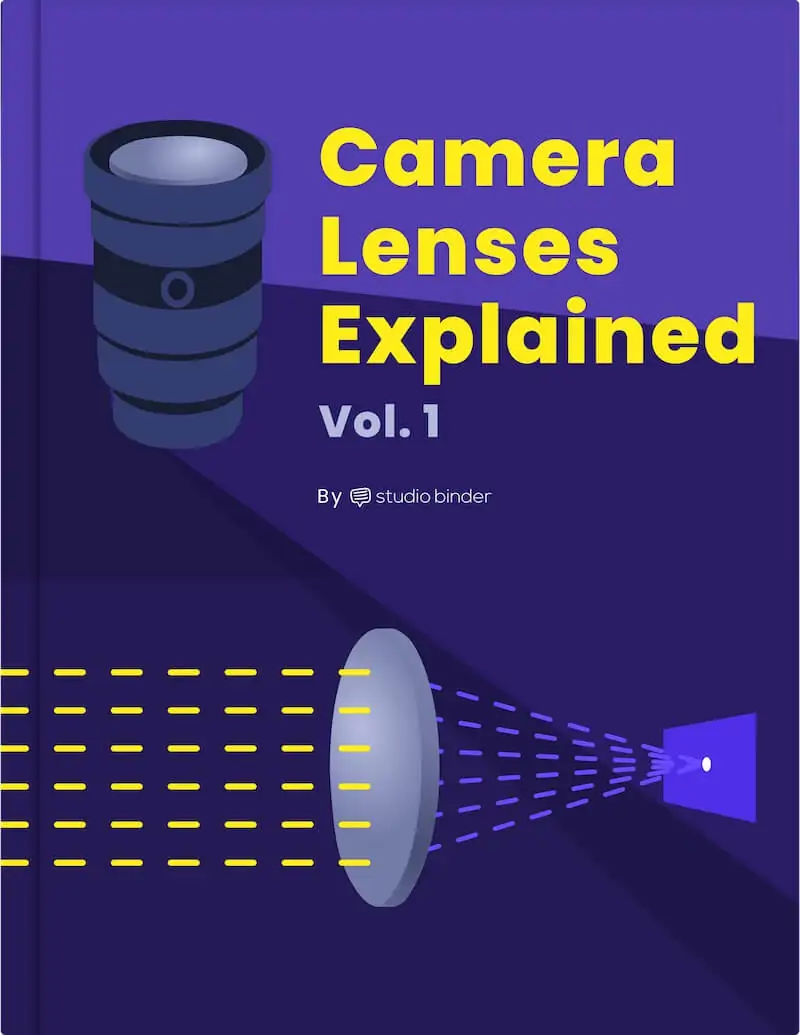Most people are familiar with sepia tone as one of the first Instagram filters that ever existed. It might make you reminiscent of your great grandma’s old photos or old Western films, but when the tone was first created, it was a fresh and new medium for photographers to work with. So what is sepia tone, how exactly is it created and how has its function in photography changed over time? Let’s take a look. Continue reading What is Sepia Tone Photography — How It Works & Why Use It
Have you ever seen an insanely detailed photograph where every portion of the photos is completely in focus? If you’re like most people you might wonder “How did they capture this?” Odds are that they created the remarkably sharp image using focus stacking. Focus stacking is used to shoot a diversity of subjects from landscapes, to products, to macro photography. What is focus stacking and how can you do it to create incredibly sharp photos? Learn the answers to both these questions and more in this article. Continue reading What is Focus Stacking — Examples & How to Stack Photos
What do you think of when you think of Gothic Art? Imposing cathedrals? Creepy baby Jesus paintings? Teens in black eyeliner and JNCO jeans? Gothic art and architecture is more than its stereotypes (and if you’re thinking of modern goth fashion… it’s kind of a misnomer). This art movement was a dominant style for centuries in Europe, and gave birth to some of the continent’s most famous buildings and paintings. Let’s look at the Gothic genre in art and literature: what it is, where it came from, and why it still matters.Continue reading What is Gothic Art — History, Characteristics…
Everything Everywhere All at Once is one of the craziest movies in recent years. But an early draft of the screenplay, written for Jackie Chan, might be even crazier. We’re going to break down the Everything Everywhere All at Once script by looking at its quotes, plot, and ending. In our video, we also break down how the Daniels and their team shot the film. From the cameras, lenses choices, aspect ratio and color palettes to the insane VFX. By the end, you’ll know why the script is so insane, and how it laid the groundwork for a critically-lauded film.Continue reading…
De Stijl is one of the most iconic and influential artistic movements of the 20th century. Its members’ strict rules and lofty ambitions resulted in a style that still resonates today. To some, De Stijl paintings might just look like a collage of rectangles. But knowing the aims behind De Stijl design can help illuminate why its aesthetic is so profound and impactful. Continue reading What is De Stijl in Art — Movement, Artists & Famous Works
Hayao Miyazaki is regarded as one of the greatest directors in the history of animation. Over 50+ years, Miyazaki made some of the most critically-lauded animated films; earning him numerous awards, including an honorary Oscar for “inspiring generations of artists to work in the medium and illuminate its limitless potential.” We’re going to rank the best Hayao Miyazaki movies by way of three criteria: story, animation, and direction. By the end, you’ll know the great films in an oeuvre of cinema classics.Continue reading Best Hayao Miyazaki Movies — Celebrating a Life in Animation
What is kinetic art? Unlike with other artistic styles, kinetic art as a term has less to do with how a piece of art is made and more to do with how it is presented when finished and how it is experienced. In this post, we’ll provide a definition, break down the various types of kinetic art, and take a look at some noteworthy examples. Let’s get started with a definition.Continue reading What is Kinetic Art — Movement, Artists, and History Explained
What is social commentary? You may have heard the term thrown around in video essays or seen it pop up in book, music, or film analysis without knowing precisely what it means. In this post, we will be defining social commentary, examining the different ways it can manifest in cinema, and taking a look at a few great examples of films that nail social commentary. Continue reading What is Social Commentary — Definition, Examples & Meaning
If you are new to the world of filmmaking, it is possible to be overwhelmed by the wave of production terminology and industry lingo that you are expected to know. One such term is the Abby Singer shot. You may hear the phrase called out by the 1st AD or another production member, and today, we’re going to break down what it means, why it’s called the Abby Singer shot, and why it matters.Continue reading What is an Abby Singer Shot — Definition and History Explained
Satyajit Ray is regarded as not only one of the greatest filmmakers in Indian cinema, but as one of the greatest filmmakers in cinema history. We’re going to break down the best Satyajit Ray films by way of three criteria: direction, story, and theme. By the end, you’ll know why Ray’s films are so well-regarded! Continue reading Best Satyajit Ray Films — Top 10 From a True Cinematic Icon
